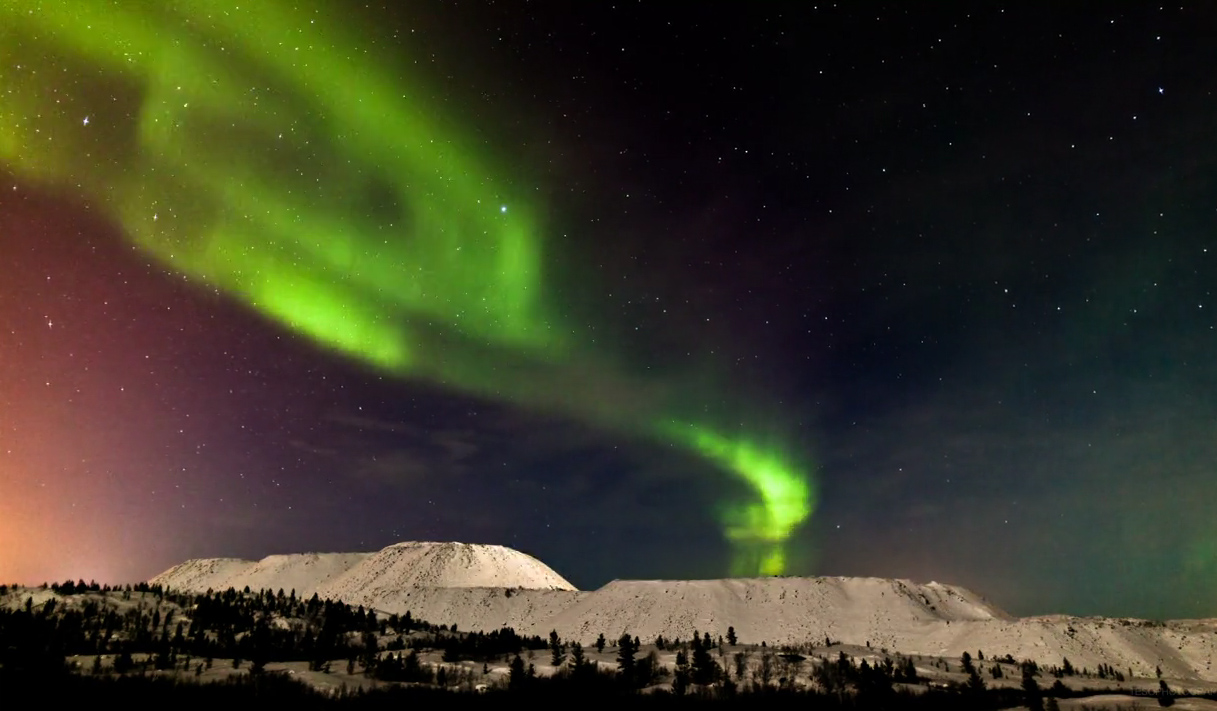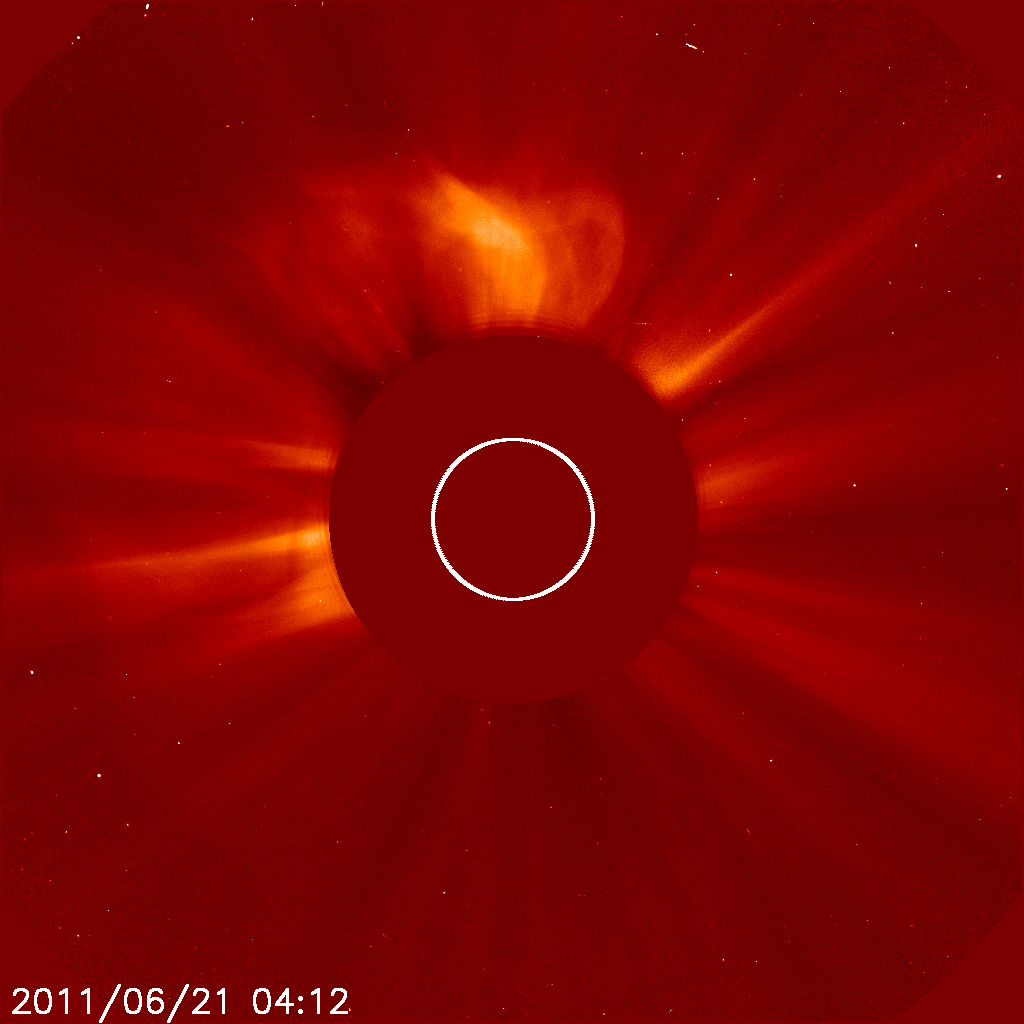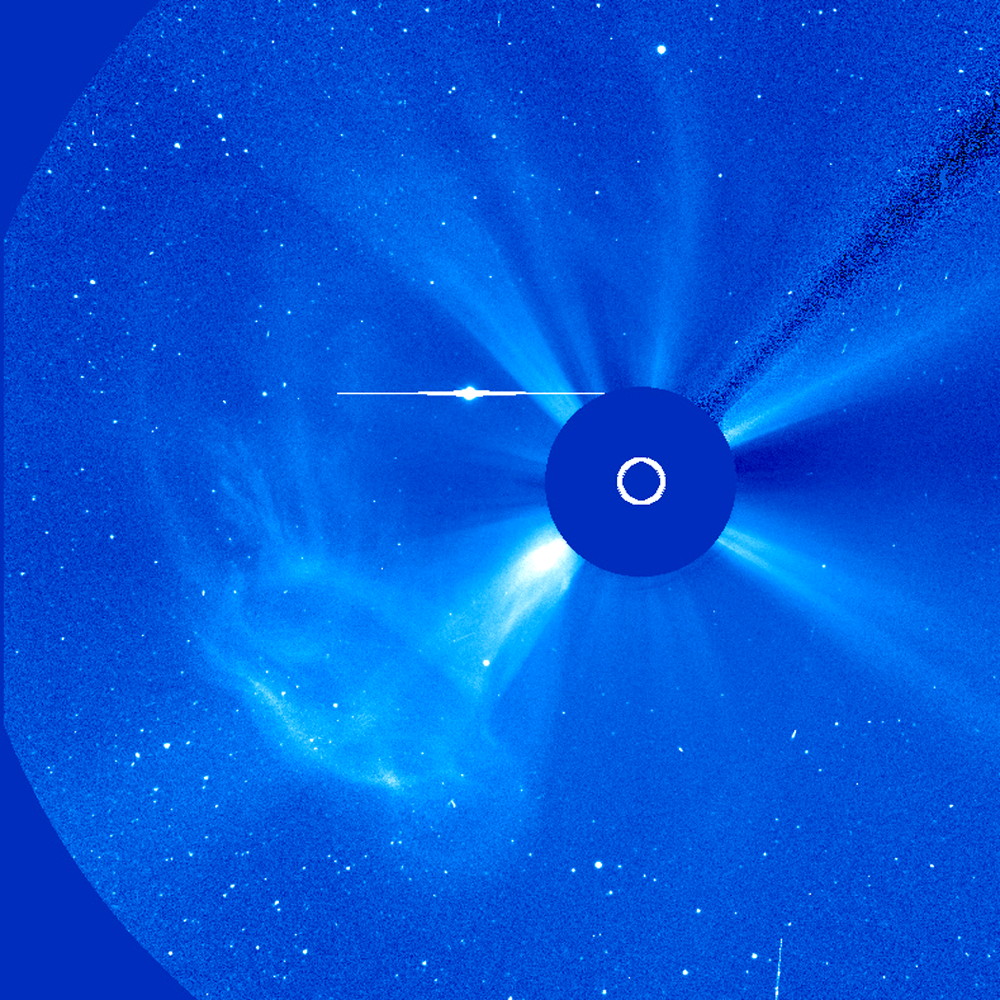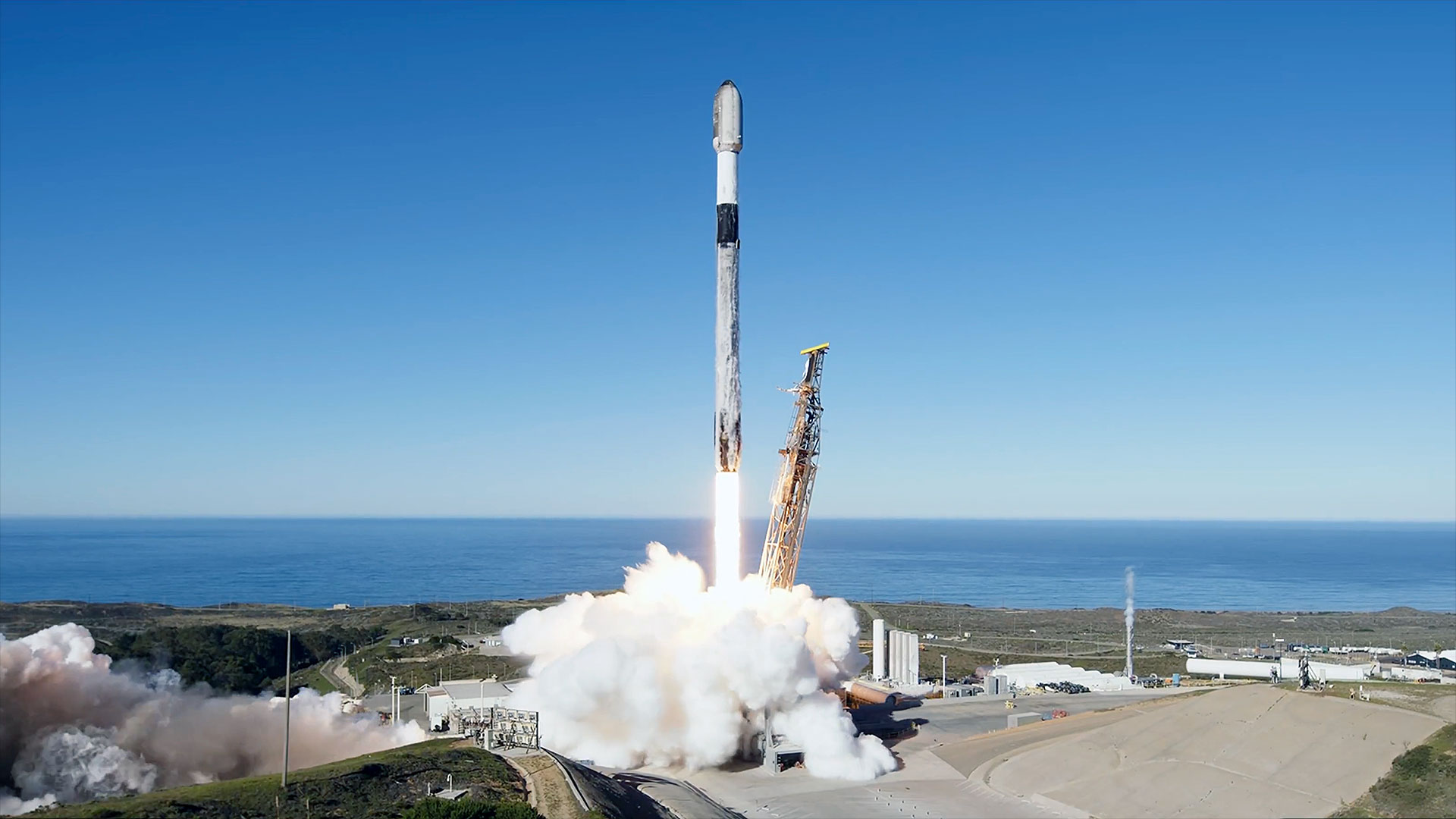Solstice Sun Storm May Spark Dazzling Northern Lights Today

A wave of sun particles unleashed during a strong solar flare this week is arriving at Earth today (June 24) and could touch off a dazzling northern lights display, NASA officials say.
The solar storm occurred Tuesday, June 21, during Earth's solstice, which marked the first day of summer in the Northern Hemisphere and the start of winter in the Southern Hemisphere.
The storm triggered a powerful explosion on the sun, called a coronal mass ejection, which sent a vast wave of solar particles directly at Earth at a speed of about 1.4 million mph (2.3 million kph). Those particles are now buffeting Earth's magnetic field in interactions that could amplify the planet's polar auroras, also known as the northern and southern lights.
"High-latitude sky watchers should be alert for auroras," officials with NASA's Goddard Space Center said in an update today. [Auroras Dazzle Northern Observers]
Supercharged auroras
Auroras occur when solar wind particles collide with atoms of oxygen and nitrogen in Earth's upper atmosphere. The interaction excites the atoms, which then emit light (the aurora) as they return to their normal energy level. [Video: Fantastic Aurora at Earth's Poles]
Tuesday's solar flare registered as a class C7.7 flare (C-class flares are the weakest types of flares), but lasted for several hours. There are three classes of solar flares. M-class solar flares are medium-strength flares, while the most intense solar storms register as X-class flares.
Breaking space news, the latest updates on rocket launches, skywatching events and more!
There is a 30 percent to 35 percent chance of a minor geomagnetic storm in Earth's atmosphere today from this week's storm, NASA officials said.
The active sun
This week's solar flare was detected by the space-based Solar and Heliospheric Observatory (SOHO) operated by NASA and the European Space Agency. It came just weeks after another strong solar flare on June 7, which unleashed a massive coronal mass ejection that stunned astronomers with its intensity.
The June 7 event kicked up a wave of plasma that rained back down on the sun over an area 75 times the width of Earth. The leading edge of the particles that erupted from the sun were traveling at about 3.5 million mph (5.7 million kph), SOHO officials have said.
Another coronal mass ejection on June 14 unleashed an eerie wave of material that formed a partial halo as it expanded into space.
The most severe solar storms, when aimed at Earth, can pose a danger to astronauts in space, satellites and even ground-based communications and power systems. This week's solar flare, however, is not powerful enough to pose a serious risk, NASA officials said.
The sun is currently in an active period of its 11-year solar cycle. NASA and other space and weather agencies are keeping a close watch on the sun using space-based observatories, satellites and ground-based monitoring systems.
You can follow SPACE.com Managing Editor Tariq Malik on Twitter @tariqjmalik. Follow SPACE.com for the latest in space science and exploration news on Twitter @Spacedotcom and on Facebook.

Tariq is the award-winning Editor-in-Chief of Space.com and joined the team in 2001. He covers human spaceflight, as well as skywatching and entertainment. He became Space.com's Editor-in-Chief in 2019. Before joining Space.com, Tariq was a staff reporter for The Los Angeles Times covering education and city beats in La Habra, Fullerton and Huntington Beach. He's a recipient of the 2022 Harry Kolcum Award for excellence in space reporting and the 2025 Space Pioneer Award from the National Space Society. He is an Eagle Scout and Space Camp alum with journalism degrees from the USC and NYU. You can find Tariq at Space.com and as the co-host to the This Week In Space podcast on the TWiT network. To see his latest project, you can follow Tariq on Twitter @tariqjmalik.


